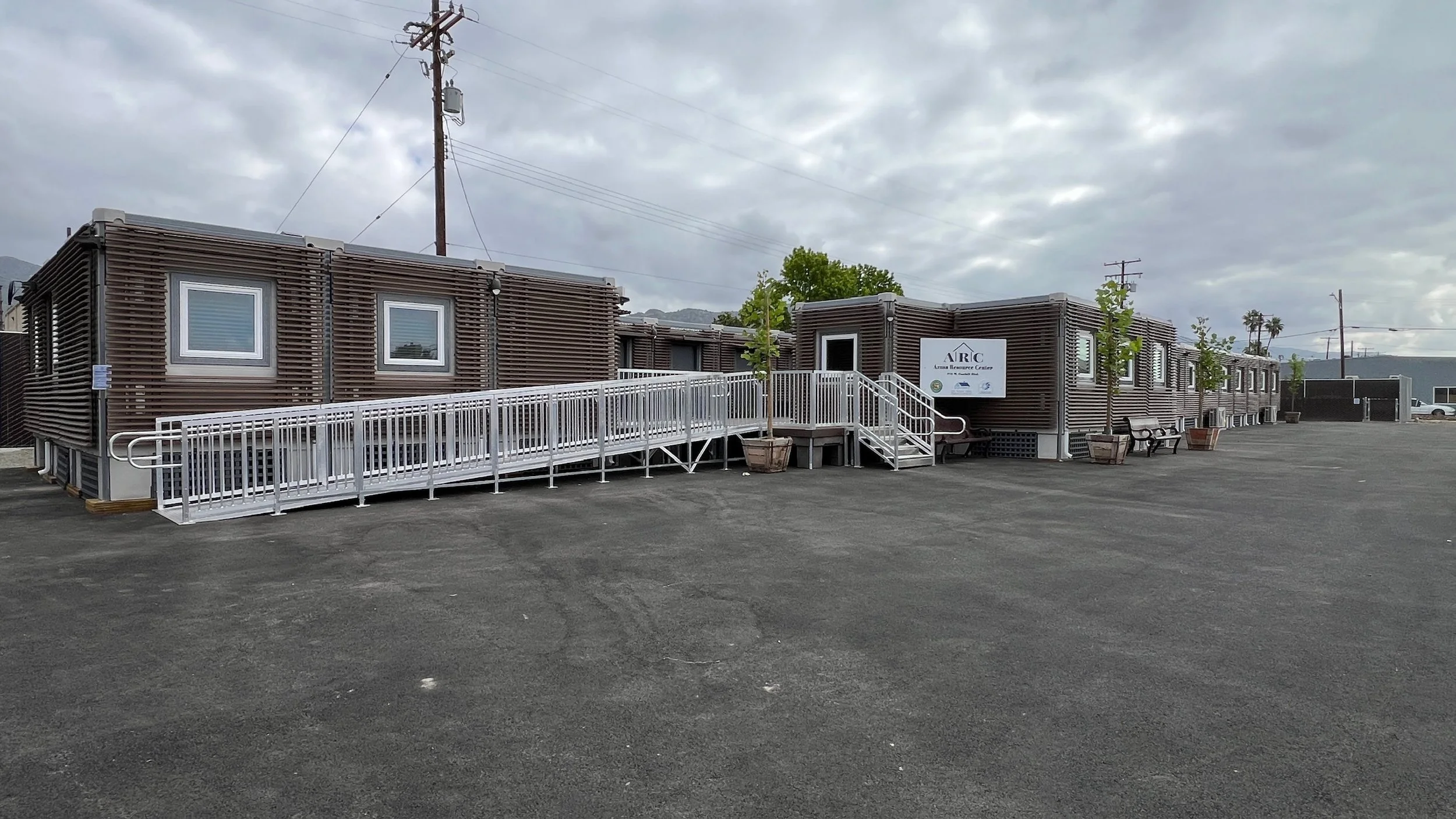75,300 People Currently Experience Homelessness in LA County
According to the Los Angeles Homeless Services Authority (LAHSA) 2024 Homeless Count, there are 75,312 people experiencing homelessness in Los Angeles County, a .27% decrease from the 2023 homeless count.
Los Angeles holds the count for the highest number of people experiencing homelessness in all of the United States.
In November 2021, LA City Council adopted a blueprint to develop 500,000 new housing units by 2029
LA City need to build 57,000 units annually to keep up with housing demand, but since 2014, it has been producing only 16,700 units annually
Annual needs include 23,000 affordable units, however, only 1,650 units have been built annually since 2014
LA City Controller’s review of Proposition HHH-funded supportive housing revealed high costs (median of $597,000 per unit) and lengthy project timelines (3 to 6 years)
65 Million Forcibly Displaced and 1 Billion Dwelling in Slums
According to the United Nations High Commissioner for Refugees (UNHCR), an annual average of 21.5 million people have been forcibly displaced by weather-related events – such as floods, storms, wildfires and extreme temperatures – since 2008. These numbers are expected to surge in coming decades with forecasts from international thinktank the IEP predicting that 1.2 billion people could be displaced globally by 2050 due to climate change and natural disasters.
82.4 million people worldwide have been forcibly displaced as of 2020 as a result of persecution, conflict, violence, human rights violations (UNHCR)
1.6 billion people live in floating slums or substandard housing globally and 100 million are homeless (source)
LifeArk is designed to be a tool that will support the community comprehensively, enabling sustainable transformation.
Around 1.1 billion people globally have no access to improved water supplies and 2.6 billion people lack proper sanitation. More than 2.2 million people in these developing countries die from preventable diseases associated with lack of access to clean water and sanitation.
Displaced persons spend more than 16 years living as refugees in temporary shelters (UNHCR)
Two-thirds of the global refugee population – over 10 million refugees – live in protracted refugee situations in 30 countries.
Climate Change will Magnify the Housing Crisis
IPCC released a report on climate change that United Nation called a “code red for humanity” (IPCC)
By 2030, earth might have only 10% of its forests which will accelerate global warming (earth.org)
Extreme weather events resulted in 15,000 deaths and economic loss of $170 billion in 20203 (UNDRR)
Every 2 seconds, climate change is forcing someone from their homes (Cleantechnica)

